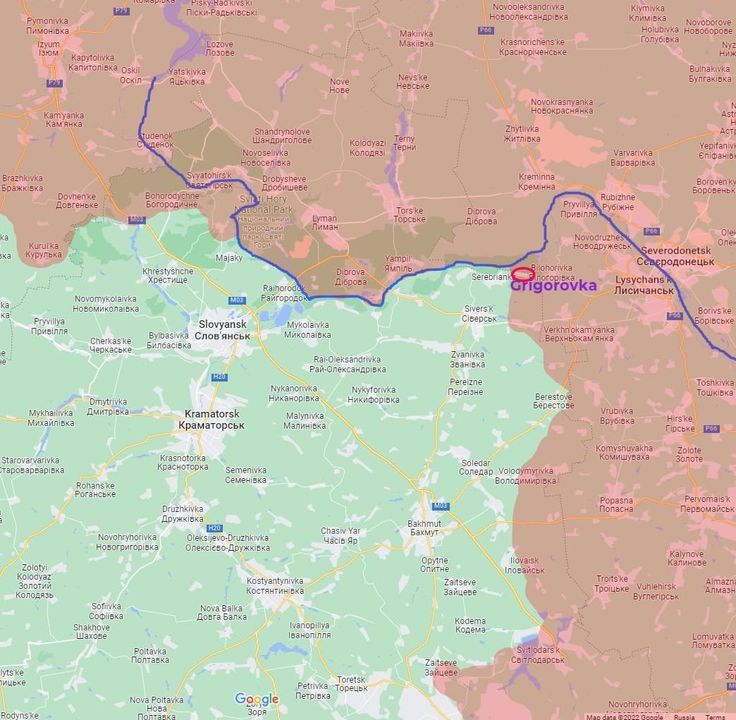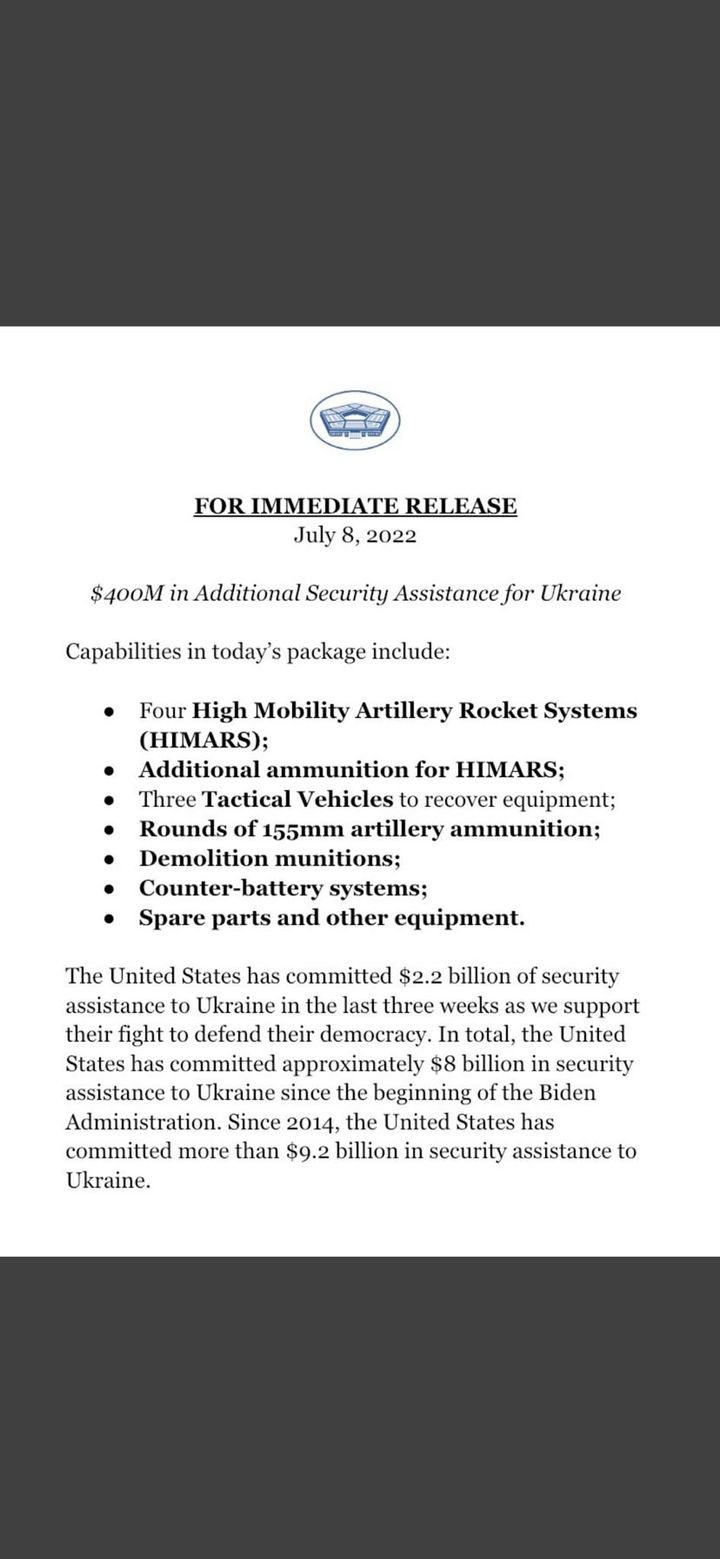Ukraine Update: Day 132 to 138

Incremental Advances and Consolidation
Russian troops have made little progress in the past 7 days, mainly consolidating on their new positions. Russians and separatists have advanced southwards toward Slavyansk and westward toward Seversk and Bakhmut; we are talking incremental advances and only a handful of settlements conquered.
Nevertheless, the Russians are close to Slavyansk. Both Slavyansk and Kramatorsk are shelled daily. The Russians have also wrested control of the last settlement between themselves and Seversk.
Ukrainian Counterattacks with HIMARS

The Ukrainians have put their HIMARS to good effect and have accurately targeted Russian ammo and fuel dumps deep behind the front. At least 22 Russian ammo dumps have been destroyed in the past 10 days. Several Russian command posts and airfields have also been hit.
The rate of fire of the Russian artillery seems to reflect that, too: It’s gone from an average of 15,000-50,000 rounds per day fired to an average of 10,000 rounds per day inside the last 7 days. However, the Ukrainian artillery has also seen its daily rate of fire drop: From 5,000-6,000 rounds daily a week ago to roughly 3,000 rounds in recent days. This could reflect a logistics problem or a real shortage of artillery rounds. In any case, more US 155mm rounds are on their way.
Estimations of Troop Numbers and Artillery
In the Donbass, Ukrainian troops are estimated to number around 60 BTGs while Russian and separatist numbers are estimated to be roughly 108 BTGs. It is difficult to estimate the real numbers: Russian BTGs are often depleted/under-strength while Ukrainian BTGs incur damage/attrition quickly and are rotated in and out rather often. The quality of the troops on both sides has also been declining, with green recruits/reservists/conscripts replacing contract soldiers.
Russian artillery in the Donbass is estimated to count over 1,500 pieces of hardware of a caliber equal to or over 122mm. That’s more than what the whole Ukrainian army possesses.
However, Ukraine enjoys a huge numerical advantage over Russia in terms of manpower (within Ukraine): Ukrainian forces in the field now number nearly 1 million men. 700,000 people within the Armed Forces, 100,000 law enforcement officers, 90,000 National Guards, and 60,000 Border Guards.
Training and Defensive Preparations
Several thousand Ukrainian servicemen have arrived in the UK to receive “condensed training”. The UK MoD aims to train 10,000 Ukrainian soldiers every 120 days.
Ukrainian forces have been mining access points between Belarus and Ukraine.
Warnings and Civilian Evacuations
The Ukrainian governors of the Zaporizhzhia and Kherson Oblasts have warned citizens of an impending Ukrainian offensive in the region, emphasizing that the fight will be violent and long and advising civilians to evacuate those provinces. The mayor of Nikolayev has also urged his citizens to leave his city.
Several Russian long-range strikes were reported on Kharkiv, Nikolayev, and Odessa. Kharkiv and Nikolayev are on the receiving end of those almost daily. Ukraine, for its part, has been relentlessly shelling Donetsk.
Current Frontlines and Future Offensives
The frontlines elsewhere (Kharkiv, Zaporizhzhia, Dnipro, Kherson) seem to have settled into positional warfare with artillery duels and the occasional small unit ops.
There are signs that Ukrainian troops may be gearing up for (another) offensive toward Kherson. They are hampered by Russian drones and artillery which pick and target Ukrainian units as soon as they start concentrating ahead of an assault. Meanwhile, Ukraine’s own drones are now experiencing very few successes compared to their stellar performance at the beginning of the war: This is due to the fact Russian units have moved forward short and medium-range air defense systems along the whole frontline, as well as Electronic Warfare units. As such, Ukrainian drones are often jammed. Those that get through jamming, such as TB-2s, often get targeted by Russian ADs.
-RBM










